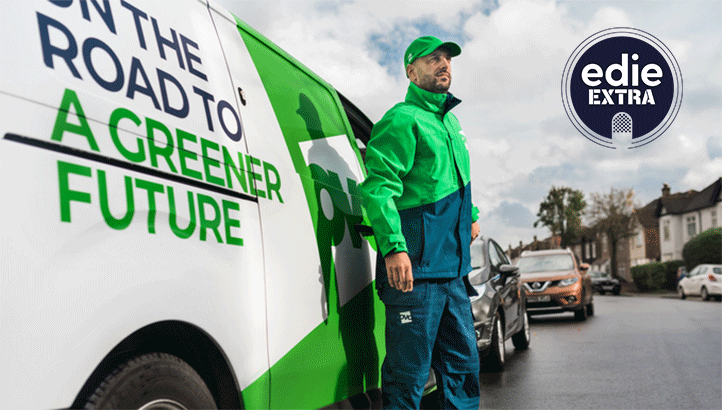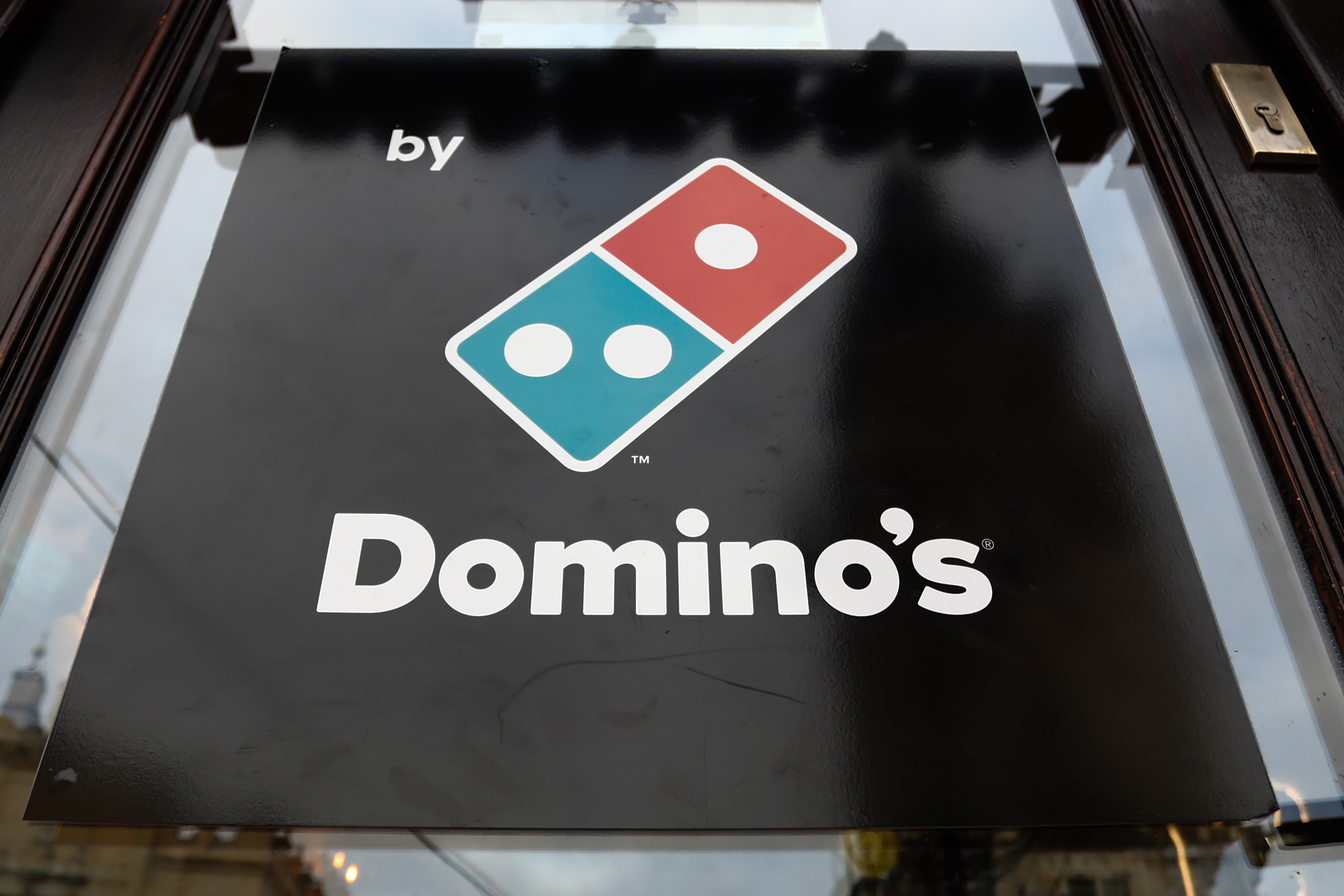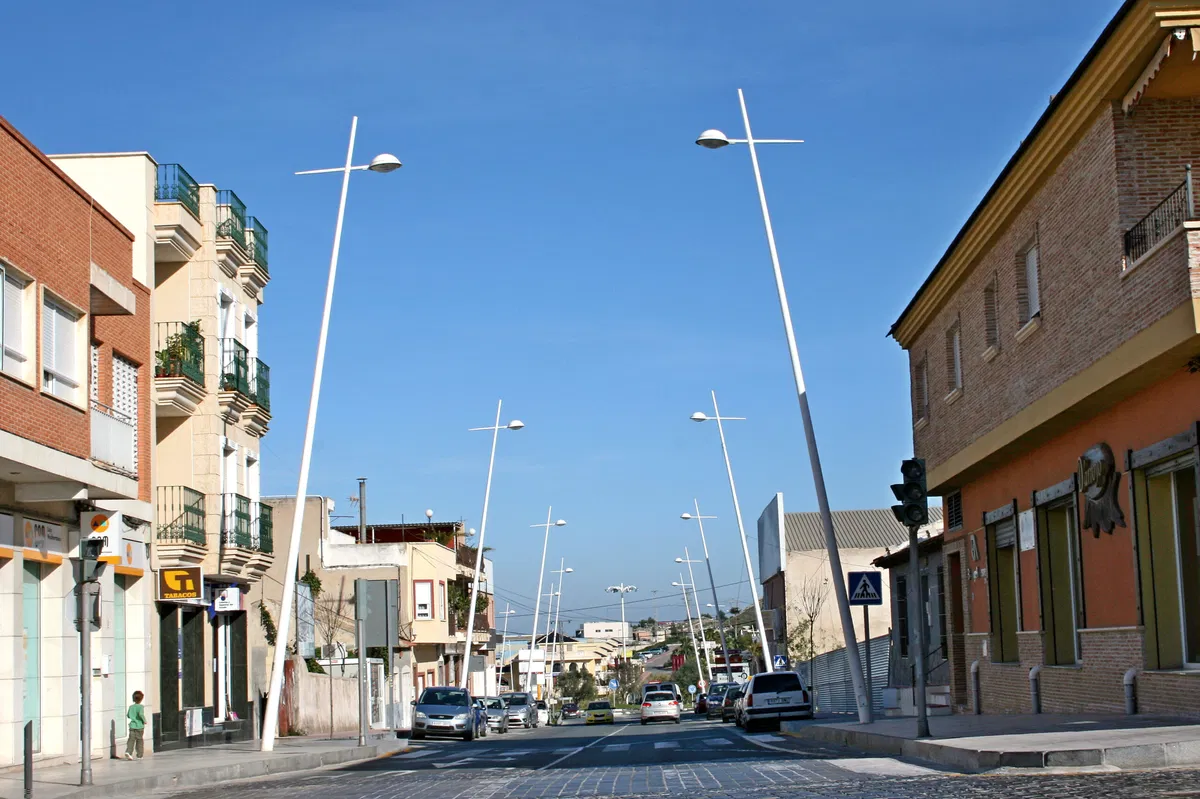By Sarah George
Copyright edie

Bristol-based energy supplier OVO published its first climate transition plan in June 2025, setting out how it intends to achieve its 2035 net-zero target and make low-carbon heating more accessible to its four million customers.
Called ‘Mind the Green Gap’, the plan calls on UK policymakers to make electricity and electrified solutions, especially heat pumps, more affordable for homes and businesses.
It also details how OVO will work with competitors, educators and other organisations to grow the UK’s heat pump installation and maintenance workforce, improve public perceptions of new technologies and reduce installation times.
Scope 3 (indirect) emissions account for more than 99% of OVO’s total climate footprint. Around two-thirds of that footprint is attributable to gas sold to customers. The remainder is largely attributable to electricity sold to customers.
This is why there’s such a large focus on the consumer offering in OVO’s plan.
The business’s senior sustainability manager, Kim van Lieshout, tells edie’s editor Matt Mace that the transition plan’s next iteration will be updated to account for the UK Government’s Warm Homes Plan, due for publication in October 2025.
The Plan will be backed with £13.2bn of public money. It will fund energy efficiency and heat pump retrofits, with a focus on social housing and low-income families.
OVO will update its own transition plan every three years and disclose progress in its annual reports.
Kim’s top tips
Recent research from EY found that transition planning is becoming increasingly popular among larger UK businesses.
Globally, 41% of companies have implemented climate transition plans, EY found. The proportion stands at 66% in the UK.
However, analysis of the quality of UK Plc’s transition plans has found widespread gaps relating to risk and opportunity assessments in different scenarios. Many are also light on details on investment in new, low-carbon technologies and business models.
Kim tells Matt it is important for businesses to start with the data they have, and iterate to improve their transition plans over time.
She says: “Keep it simple and rely on the work you’ve already done. You won’t be starting from scratch. Perform a gap analysis against the Transition Plan Taskforce’s recommendations and don’t overcomplicate it.
Kim adds: “These plans are meant to help you focus and prioritise in the short to medium term. Just make sure the targets are achievable and time-bound.”
Never miss an edie Extra episode
You can follow edie Extra on Spotify, SoundCloud, Amazon Music and Apple Podcasts. You’ll be the first to access new episodes when they are published.
As well as 1:1 interviews with sustainability leaders, the edie Extra Channel also hosts panel discussions from edie events, providing debates on hot topics like carbon offsetting, sustainability reporting mandates and regenerative agriculture.
Click here to see edie’s full podcast catalogue.



